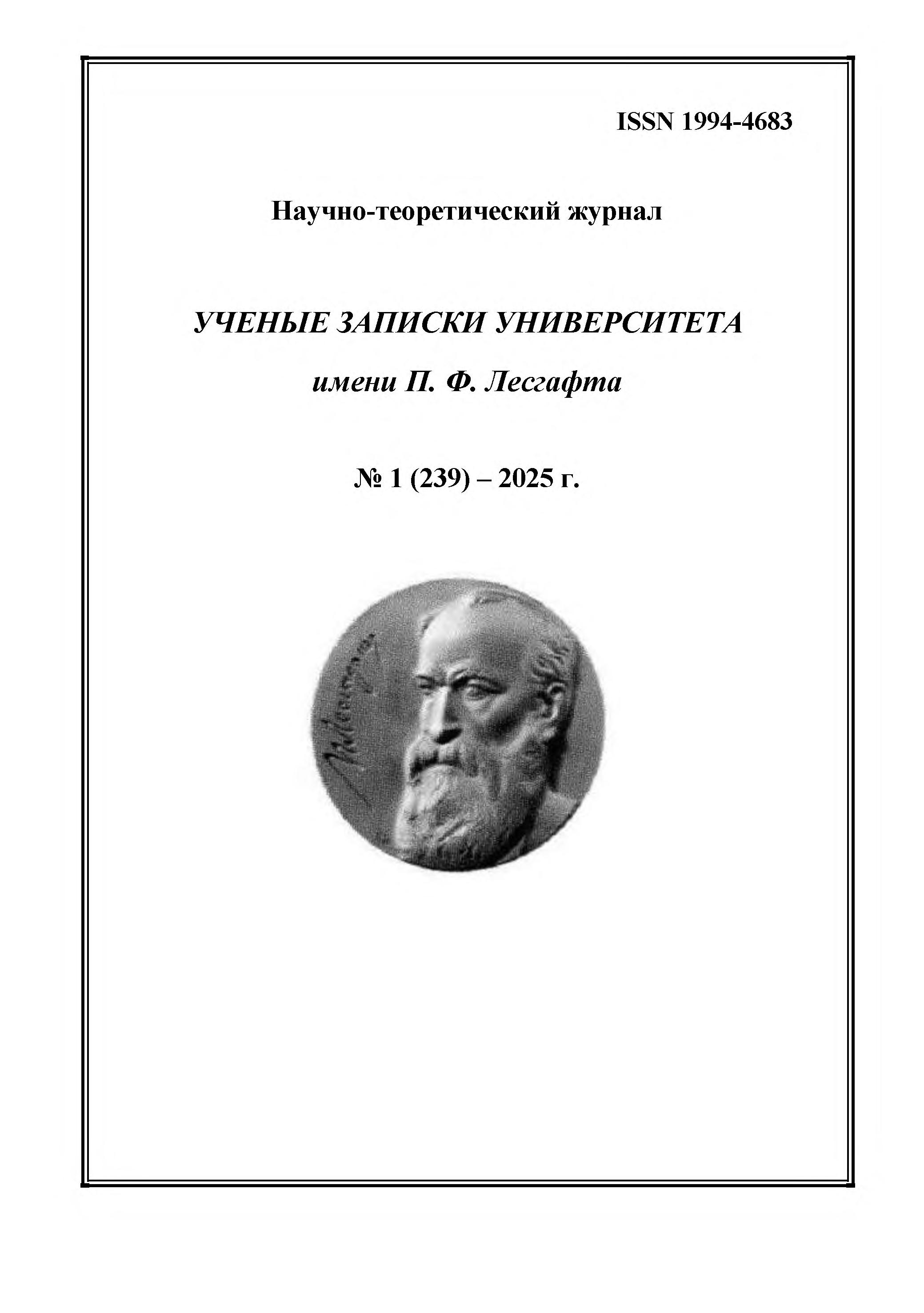graduate student from 01.01.2022 to 01.01.2025
Russian Federation
UDC 615.825
CSCSTI 76.35
The purpose of the study is to demonstrate the effectiveness of the developed technology of physical rehabilitation as an alternative method for restoring impaired motor functions in elderly individuals with contraindications for surgical intervention following full-thickness tears of the rotator cuff. Research methods and organization. The analysis and generalization of foreign scientific literature, pedagogical experiments, and mathematical-statistical data processing were applied. The developed technology was tested in the conditions of the scientific and practical center for physical rehabilitation "Savita" based at Lesgaft National State University of Physical Education, Sport and Health and the Autonomous Non-Profit Organization for Additional Professional Education "Academy of Physical and Rehabilitation Medicine." Research results and conclusions. Reliable data has been obtained indicating an improvement in active flexion in the scapular plane, a reduction in the intensity of pain syndrome, an increase in muscle strength in the recovering arm, and a clinically significant improvement in the functional condition of the upper limb and the quality of life of the rehabilitants.
physical rehabilitation, shoulder joint arthropathy, rotator cuff, elderly age, motor functions, physical exercises
1. Builova T. V., Tsykunov M. B. (2015), “Rehabilitation for periarticular pathology of the shoulder joint”, Federal Clinical Guidelines, Bulletin of Restorative Medicine, No 3, pp. 73–78.
2. Fahy K. [et al.] (2021), “Large to massive rotator cuff tendon tears: a protocol for a systematic review investigating the effectiveness of exercise therapy on pain, disability and quality of life”, HRB open research, Sep 30;4:75, DOIhttps://doi.org/10.12688/hrbopenres.13242.2.
3. Gray H. (1918), “Anatomy of the Human Body”, Philadelphia, Lea and Febiger.
4. Huo H. C., Luo Z. P., Cofield R. C., An K. N. (1997), “Influence of rotator cuff tearing on glenohumeral stability”, Journal of Shoulder and Elbow Surgery, Vol. 6, No. 5, pp. 413–422.
5. Thorpe C. T. [et al] (2016), “Fascicles and the interfascicular matrix show adaptation for fatigue resistance in energy storing tendons”, Acta Biomater, No 42, pp. 308–315.
6. Lädermann A., Denard P. J., Collin P. (2015), “Massive rotator cuff tears: definition and treatment”, International Orthopaedics, Vol. 39, No. 12, pp. 1–12.
7. (2022), “Rotator Cuff Tears”, Physiopedia, URL: https://www.physio-pedia.com/index.php?title=Rotator_Cuff_Tears&oldid=314444 (Accessed: 13 May 2025).
8. Greenspoon J. A., Petri M., Warth R. J., Millett P. J. (2015), “Massive rotator cuff tears: pathomechanics, current treatment options, and clinical outcomes”, J Shoulder Elb Surg, Vol. 24, No. 9, pp. 1493–1505.
9. Oh J. H., Jun B. J., McGarry M. H., Lee T. Q. (2011), “Does a critical rotator cuff tear stage exist?: a biomechanical study of rotator cuff tear progression in human cadaver shoulders”, J Bone Joint Surg Am., Vol. 93, No. 22, pp. 2100–2109.
10. Parsons IV I. M., Apreleva M., Fu F. H., Woo S. L.-Y. (2002), “The effect of rotator cuff tears on reaction forces at the glenohumeral joint”, J Orthop Res., Vol. 20, No. 3, pp. 439–444.







